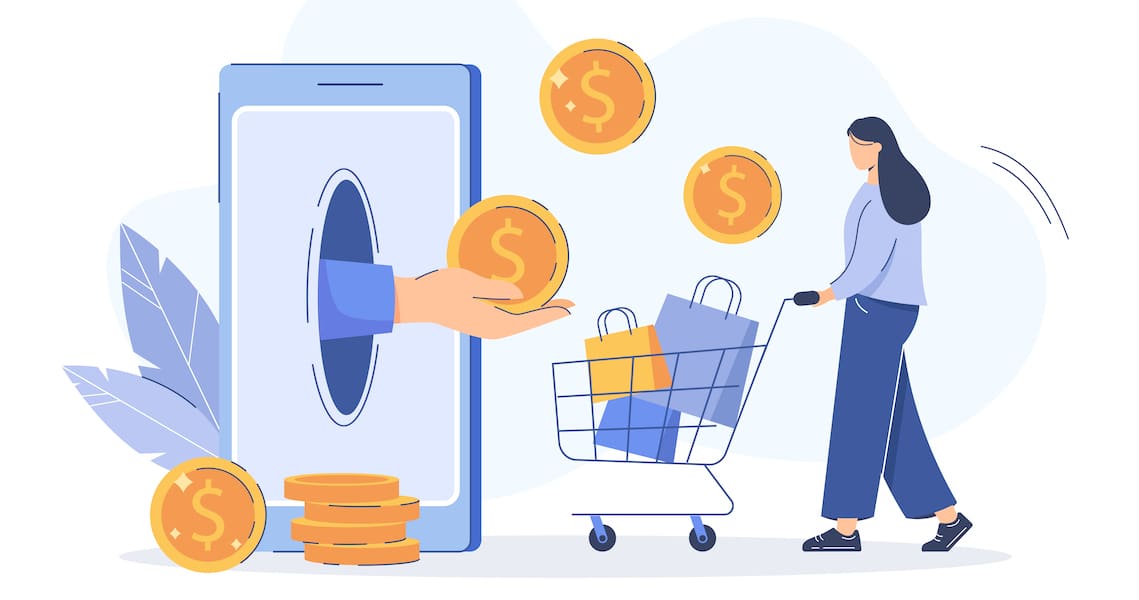
In-app purchases refer to the ability for users to purchase virtual goods or services within a mobile app. These purchases are made on Android and iOS platforms, providing a way for app developers to generate revenue from their apps.
In-app purchases can be divided into three main categories:
- Virtual goods are virtual items that users can purchase to enhance their experience within the app. These can include extra lives in a game, additional filters for a photo editing app, or bonus content for a news or entertainment app.
- Subscriptions provide users with access to premium content or features within the app. These can be charged monthly or annually, and may include access to exclusive content, discounts on virtual goods, or other perks.
- Physical goods are real-world items that users can purchase directly through the app. This type of in-app purchase allows users to conveniently shop for items without leaving the app.
In-app purchases can be a valuable revenue stream for app developers, but they also come with some challenges. For example, it can be difficult to convince users to make a purchase within the app, and developers need to carefully balance the free content they offer with the paid content they want users to buy.
Finally, App Stores typically take a significant cut of in-app purchase revenues, which can eat into the developer’s profits.
Virtual Goods In-App Purchases
Virtual goods are a type of in-app purchase that allows users to purchase virtual items to enhance their experience within a mobile app.
Virtual goods can include a wide range of items, depending on the nature of the app. For example, in a game app, virtual goods might include extra lives, power-ups, or special abilities. In a photo editing app, virtual goods might include additional filters or effects. In a news or entertainment app, virtual goods might include bonus content or access to exclusive content.
The advantage of virtual goods is that they provide users with additional value within the app, without requiring them to leave the app to make a purchase. This can help to enhance the user’s experience and can also provide a revenue stream for app developers.
Subscription In-App Purchases
In-app subscriptions are a popular business model for mobile apps, especially for apps that offer digital content or services on a recurring basis. These subscriptions allow app users to access premium content or features within an app for a set period of time, typically on a monthly or annual basis.
There are many benefits to using in-app subscriptions for both app developers and users.
For app developers, in-app subscriptions provide a consistent source of revenue that can help sustain the development and growth of the app. This business model also allows developers to offer a free or low-cost version of their app while still generating income from users who want to upgrade to premium features.
In-app subscriptions also offer several benefits for users. For one, they provide a convenient way to access premium content or services within an app. This can be especially useful for apps that offer a large amount of content, such as streaming music or video services, where users may want to upgrade to a premium subscription to access the full library of content.
In-app subscriptions can also be more cost-effective for users compared to purchasing individual items or features within an app. For example, a user may be able to access a larger selection of songs or videos for a lower price with a subscription compared to buying each item individually.
When setting up in-app subscriptions, developers can choose from a variety of options, such as the duration of the subscription (e.g. monthly, annually), the price of the subscription, and any introductory offers or discounts. They can also offer different subscription tiers with varying levels of access to premium content or features.
In-App Purchases in No Code
The Kodika.io No Code App Builder makes it easy to implement In-App purchases to your Apple App Store and Google Play Store apps. With just a few simple steps, you can start offering premium content or services within your app and monetizing your user base. Our platform will handle all the necessary setup in the Developer portals, so you can focus on growing your app and making it a success. Don’t miss out on this opportunity to increase revenue with In-App purchases. Try Kodika today and start seeing results!
